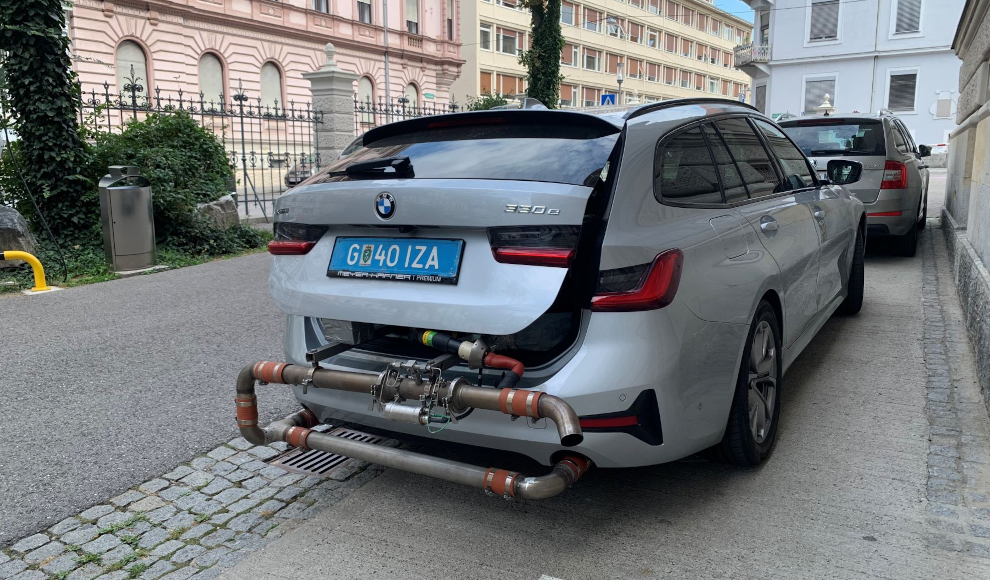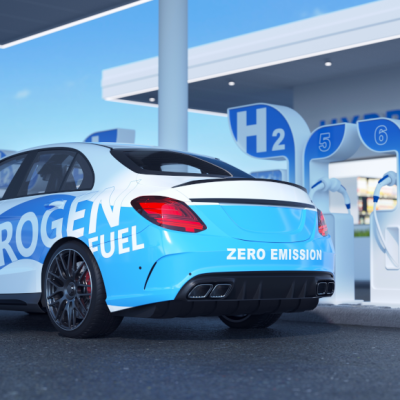A recent study conducted by the Technical University of Graz on behalf of the environmental organization Transport & Environment (T&E) has found that the CO2 emissions of plug-in hybrids significantly exceed the manufacturer’s specifications. Additionally, the electric range of the examined models is not even close to being achieved. The study investigated the CO2 emissions and electric range of three current hybrid cars. The results showed that the CO2 emissions of the examined plug-in hybrids were significantly higher than the manufacturer’s specifications on a typical 55-kilometer commute, even though the car’s battery was fully charged at the start. The BMW 3-series plug-in hybrid emitted three times more CO2 than the manufacturer’s claim, while the Peugeot 308 and Renault Megane emitted 20% and 70% more CO2, respectively.
The study also examined the electric range of the hybrid cars in city traffic. Only the Renault Megane was able to achieve the manufacturer’s stated range, but it is not suitable for longer commutes due to its limited range of 50 kilometers and lack of fast charging capabilities. The Peugeot 308 achieved only slightly more than half (53%) of the stated electric range, while the BMW 3-series plug-in hybrid achieved only just under three-quarters (74%) of the stated electric range. According to Anna Krajinska of T&E, this shows that the manufacturer’s advertising claims are merely “myths.” Plug-in hybrids are marketed as the perfect combination of a battery for all local needs and an engine for long distances. However, practical tests show that this is a myth. In city tests, only one of the PHEVs achieved the advertised electric range, while all three emitted more than advertised during commutes. The lawmakers should treat PHEVs based on their actual emissions.
The TU Graz scientists also examined the CO2 emissions of plug-in hybrids in cities in battery maintenance mode. They found that actual emissions exceeded manufacturer specifications by five to seven times. The study’s findings highlight the need for more accurate testing and regulation of plug-in hybrids to ensure that they meet their environmental claims.










